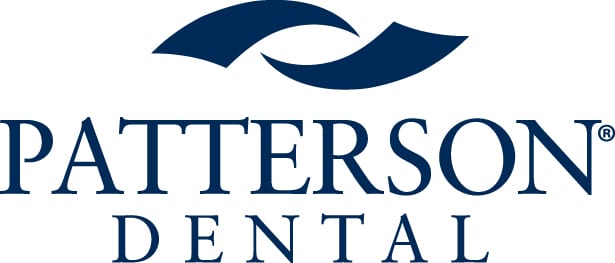By: Lee Ann Brady DMD
Topic originally appeared on PankeyGram.Org, Dr. Brady granted permission for igniteDDS to share with our readers.
A small lateral incisor is not always called a peg lateral. When I say peg lateral, I visualize it as a size like the fixture with implant abutment. Meanwhile, most of the time we have undersized lateral incisors that can be restored with an additive technique while staying all in enamel.
When restoring both peg laterals and undersized lateral incisors doesn’t have to mean compromising natural tooth structure. By carefully positioning the teeth during orthodontic treatment, you can achieve beautiful, lasting aesthetics without the need for tooth preparation.
In this blog, I’ll explore how to guide orthodontists to position the tooth for the best possible aesthetic outcome.
True Peg Laterals: A Thoughtful Approach
When working with true peg laterals, I like to think of the tooth as I would an implant abutment. This helps me communicate to the orthodontist exactly how much space I need around the tooth for a natural restoration.
Typically, I recommend leaving a 1 mm to 1.5 mm gap between the lateral incisor and the central incisor, focusing on the mesial side to create a natural-looking emergence profile.
For the labial positioning, I ask the orthodontist to place the peg lateral about 1 mm lingually.
This gives me the space I need to add restorative material—whether it’s composite or ceramic—without prepping the tooth. This position is going to ideally position the free gingival margin of the tooth exactly where I want it based on the free gingival margin of the canine and central incisor.
The CEJ is going to be placed exactly where I want the CEJ.
Undersized Lateral Incisors
Often, we have lateral incisors that are not true peg laterals. They’re just undersized lateral incisors. In this case, we must do a thought process about how much restorative material will be added and calibrate how much forward dimension will be added to the tooth. If I’m going to have .5 mm of material on the labial, then I will have the orthodontist position the tooth .5 mm lingually.
If the emergence profile is already ideal, then the orthodontist should make it touch the central and all the added material will go on the distal. If not, then a little material will be added to the mesial and to the distal.
Ultimately, it’s about thinking ahead: “Where do I want to add restorative material and how much material do I want to add?” Then, I think about where to position the tooth in the space so I will not need to remove any of the tooth structures.
Conclusion
Utilizing a collaborative approach with the orthodontist to peg laterals and undersized lateral incisors can lead to truly stunning results without compromising the tooth. With careful planning, you can ensure every patient leaves with a smile they’ll love for years to come.
If you’re interested in advancing your restorative techniques and achieving a perfect balance between form and function, I highly recommend you visit The Pankey Institute. Learn from world-class educators and sharpen your skills to stand out as a cosmetic dentist.
Keep Reading: Post-Orthodontic Questions for Retainers


